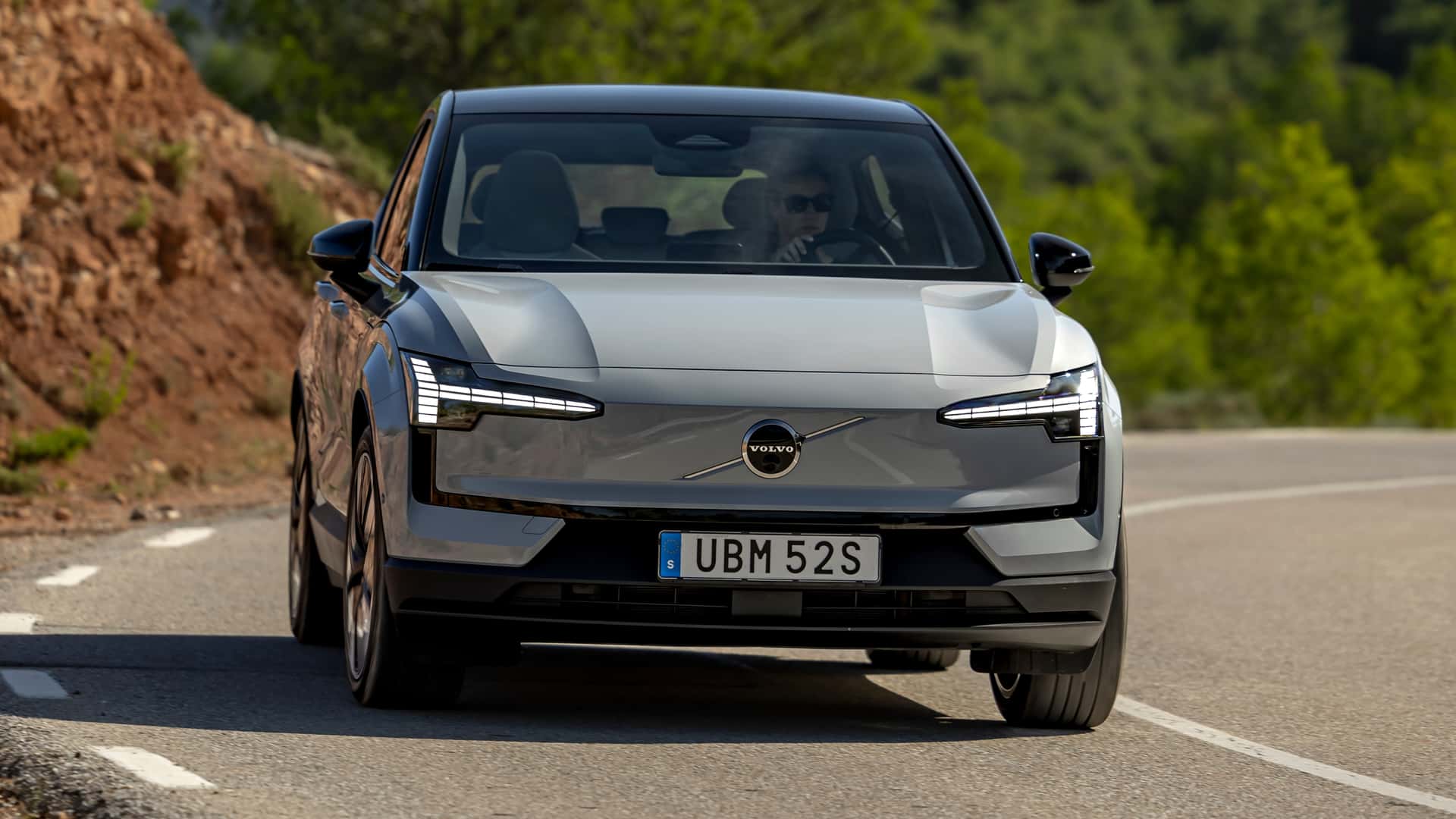Data from thousands of EVs shows the average daily driving distance is a small percentage of the EPA range of most EVs.
For years, range anxiety has been a major barrier to wider EV adoption in the U.S. It’s a common fear: imagine being in the middle of nowhere, with 5% juice remaining in your battery, and nowhere to charge. A nightmare nobody ever wants to experience, right? But a new study proves that in the real world, that’s a highly improbable scenario.
After analyzing information from 18,000 EVs across all 50 U.S. states, battery health and data start-up Recurrent found something we sort of knew but took for granted. The average distance Americans cover daily constitutes only a small percentage of what EVs are capable of covering thanks to modern-day battery and powertrain systems.
The study revealed that depending on the state, the average daily driving distance for EVs was between 20 and 45 miles, consuming only 8 to 16% of a battery’s EPA-rated range. Most EVs on sale today in the U.S. offer around 250 miles of range, and many models are capable of covering over 300 miles.



Not even. We exclusively roadtrip in an EV now. The whole family gets out to pee, grab snacks, and by the time we are ready, so is the car. As the driver, if it’s mealtime I might eat the harder to manage portion before we leave, and we aren’t rushing, but there was certainly no time to smell roses!
When we go on long trips, we routinely stop every 1.5-2h for a pee break and/or food, and that usually takes 20-30 minutes. Most times we don’t need gas, but if we had an EV, it wouldn’t really impact our road trip itinerary much if we could plug in during those stops. What would be nice maybe is if there could be highway stops with outdoor picnic areas as well as chargers.
Absolutely! And a place for the dog to do her business!